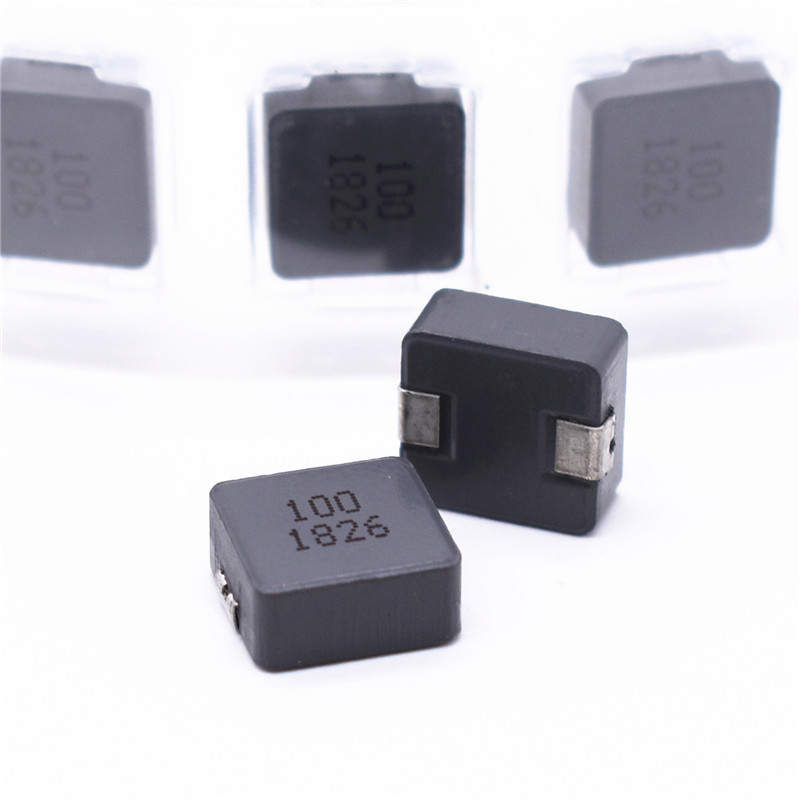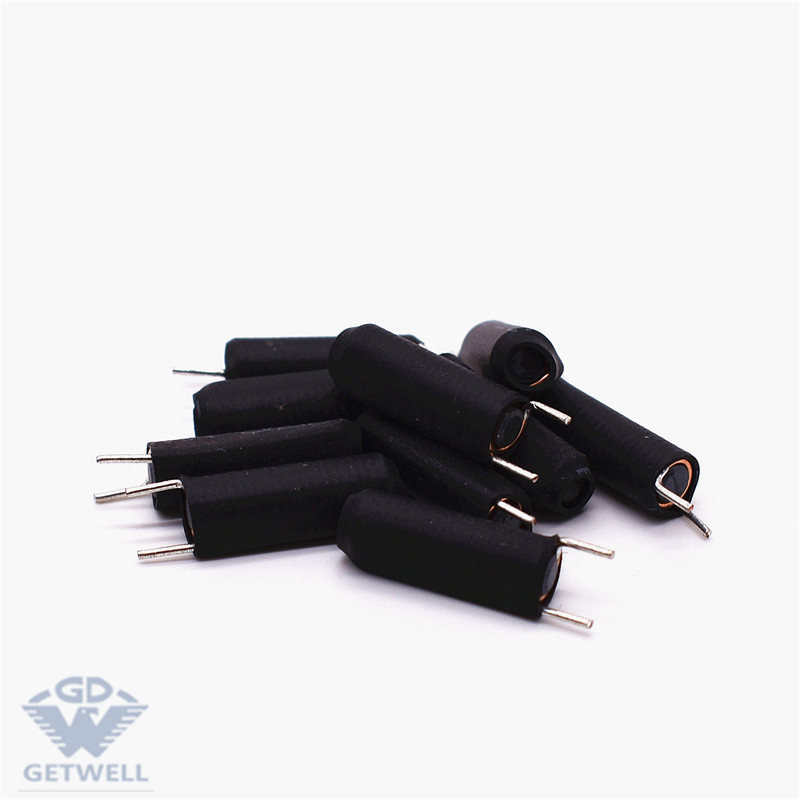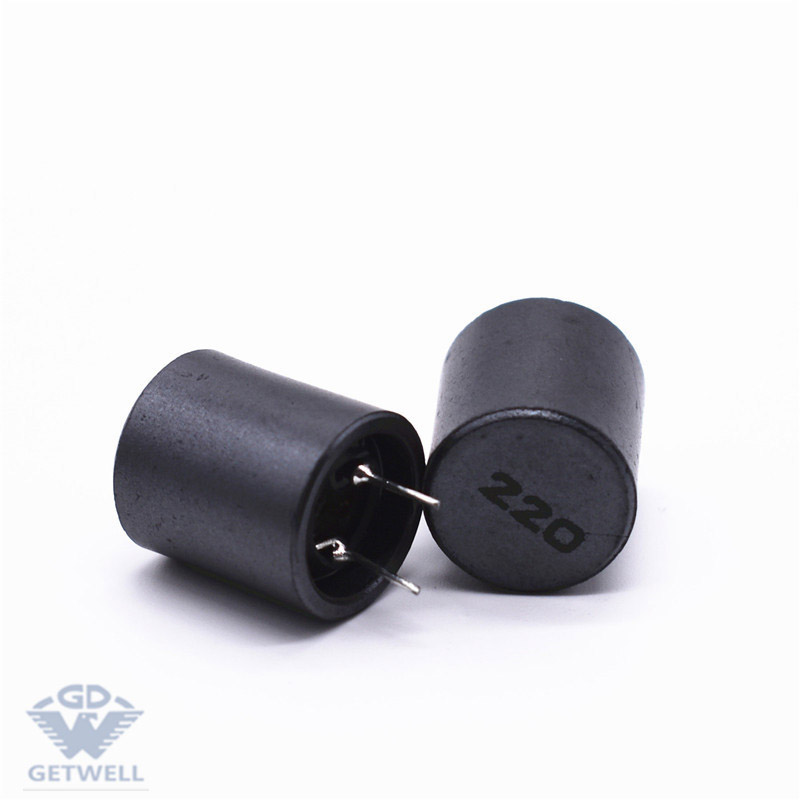Custom inductor manufacturer tells you
In a circuit, an electromagnetic field is generated when the current flows through the conductor. the magnitude of the electromagnetic field divided by the current is the inductance.
Inductance is a physical quantity that measures the ability of a coil to produce electromagnetic induction. If an electric current is applied to a coil, a magnetic field will be generated around the coil, and the coil will have magnetic flux passing through it. The greater the power supply into the coil, the stronger the magnetic field and the greater the magnetic flux passing through the coil. Experiments show that the magnetic flux through the coil is proportional to the incoming current, and their ratio is called self-inductance, also known as inductance.
Inductance classification
Classified according to the form of inductor: fixed inductor, variable inductor.
Classified according to the properties of conducting magnets: hollow coil, ferrite coil, iron core coil, copper core coil.
Classified by working nature: antenna coil, oscillation coil, choke coil, notch coil, deflection coil.
Classified by winding structure: single-layer coil, multi-layer coil, honeycomb coil.
Classified by working frequency: high frequency coil, low frequency coil.
Classified according to structural characteristics: magnetic core coil, variable inductance coil, color code inductor coil, non-core coil and so on.
Hollow inductors, magnetic core inductors and copper core inductors are generally medium frequency or high frequency inductors, while iron core inductors are mostly low frequency inductors.
Material and technology of inductor
Inductors are generally composed of skeleton, winding, shield, packaging material, magnetic core and so on.
1) Skeleton: generally refers to the support for winding coils. It is usually made of plastic, Bakelite and ceramics, which can be made into different shapes according to the actual needs. Small inductors generally do not use a skeleton, but wind the enamelled wire directly around the core. The hollow inductor does not use the magnetic core, skeleton and shielding cover, but first wound on the mold and then take off the mold, and pull a certain distance between the coils.
2) Winding: a group of coils with specified functions, which can be divided into single layer and multi-layer. The single layer has two forms of close winding and indirect winding, and the multi-layer has many kinds of methods, such as layered flat winding, random winding, honeycomb winding and so on.
3) Magnetic core: generally use nickel-zinc ferrite or manganese-zinc ferrite and other materials, it has "I" shape, column shape, cap shape, "E" shape, tank shape and so on.
Iron core: mainly silicon steel sheet, permalloy and so on, its shape is mostly "E" type.
Shielding cover: used to prevent the magnetic field produced by some inductors from affecting the normal operation of other circuits and components. The inductor with shielding cover will increase the loss of the coil and reduce the Q value.
Packaging material: after some inductors (such as color code inductor, color ring inductor, etc.) are wound, the coil and core are sealed with packaging material. The packaging materials are made of plastic or epoxy resin.
The above is an overview of the properties of inductors, if you want to know more about inductors, please feel free to contact us.
You May Like
Specializing in the production of various types of color ring inductors, beaded inductors, vertical inductors, tripod inductors, patch inductors, bar inductors, common mode coils, high-frequency transformers and other magnetic components.
Post time: Mar-17-2022







